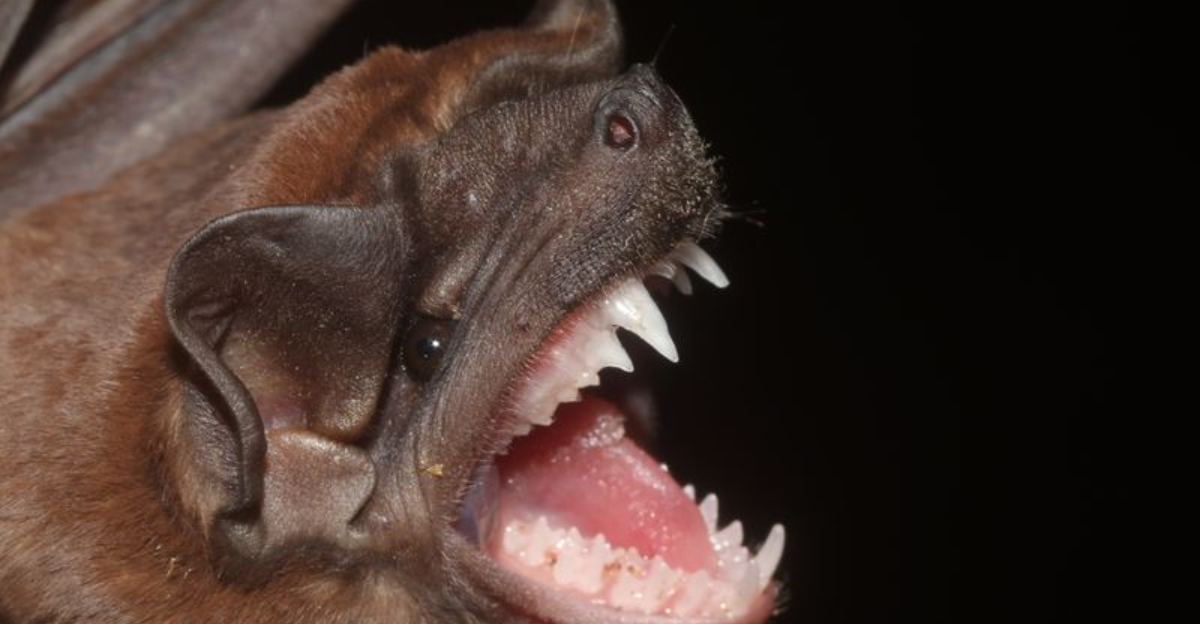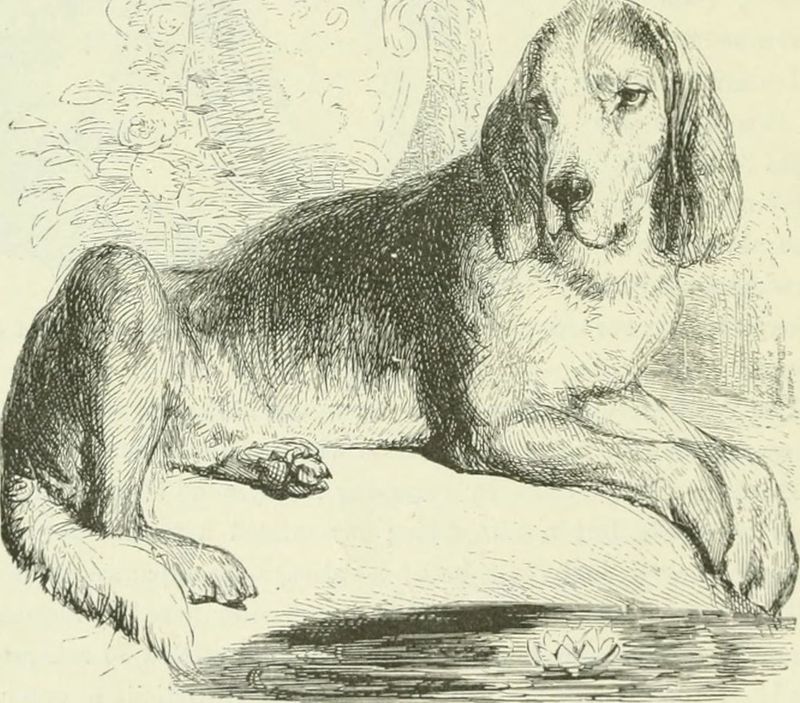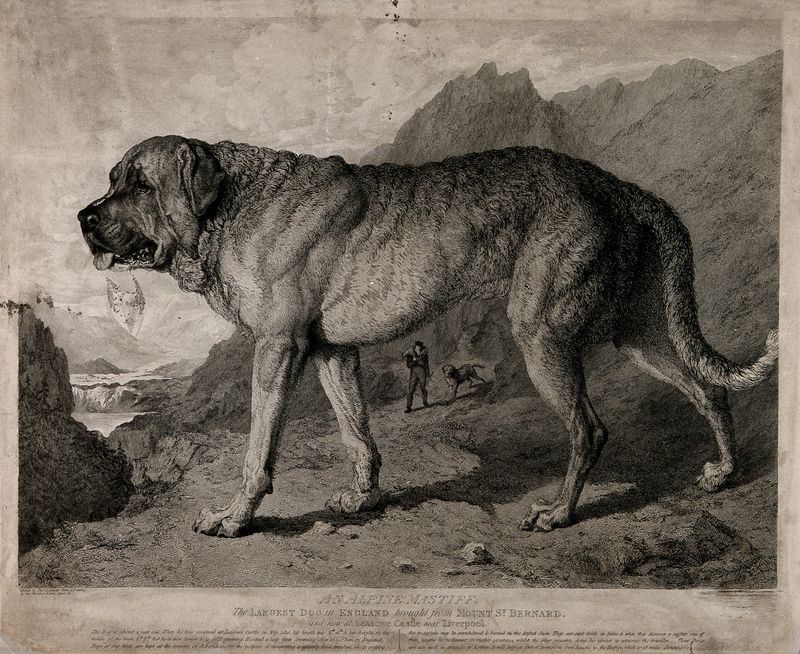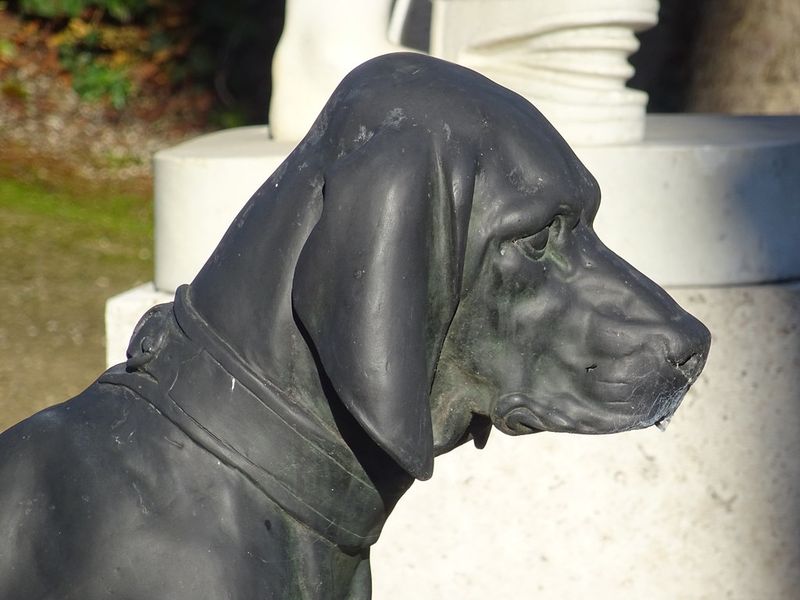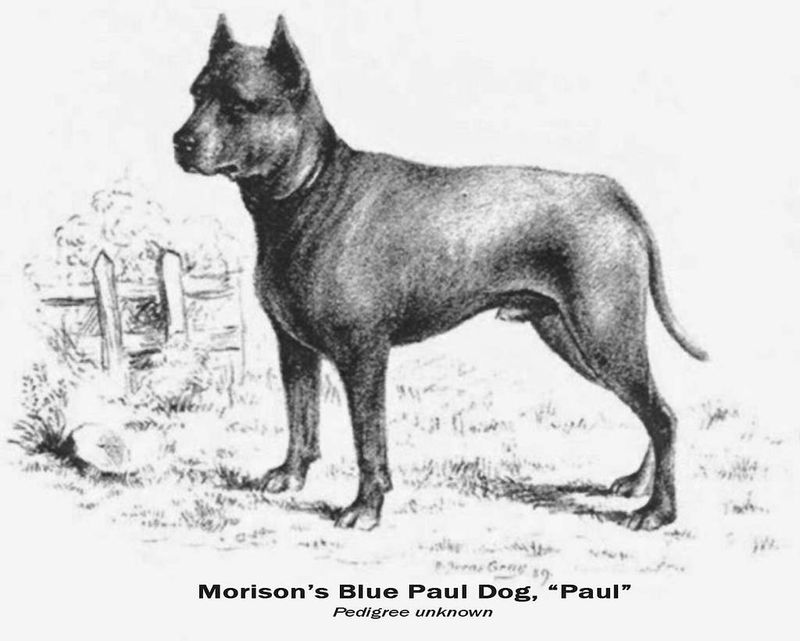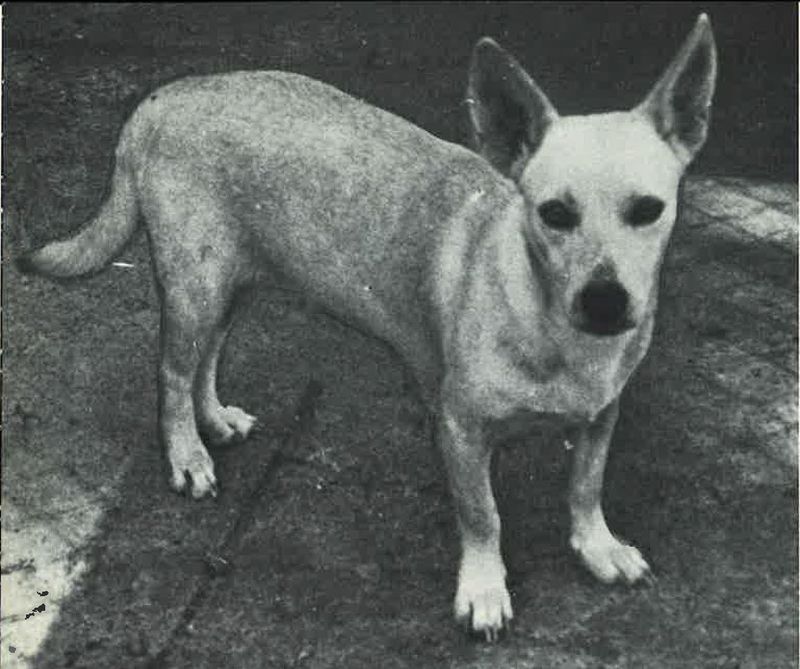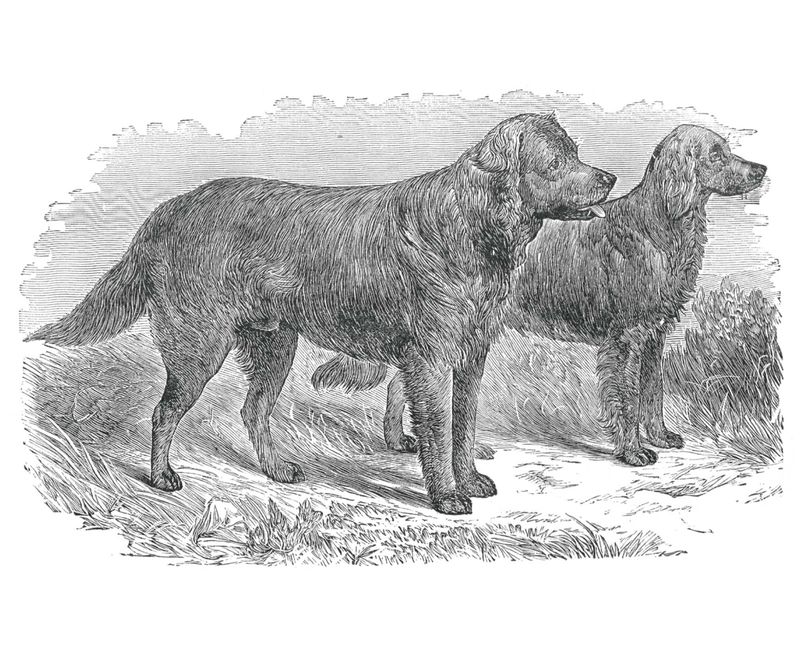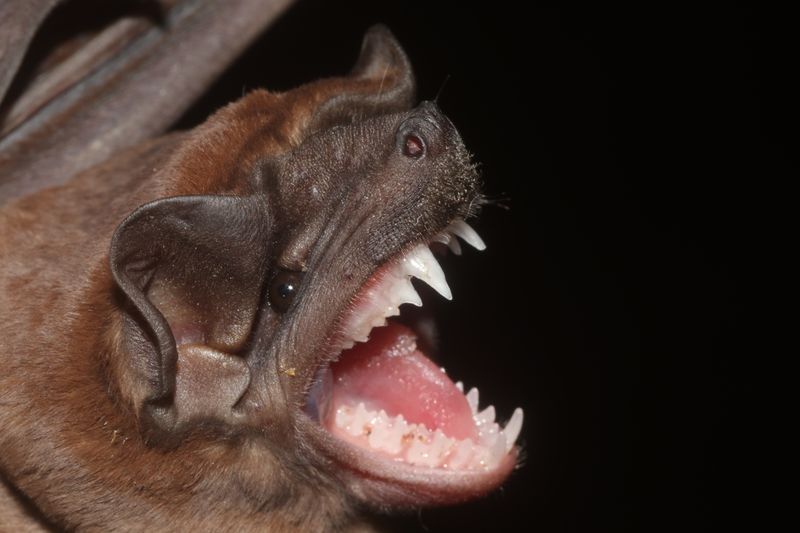Dogs have accompanied humans for thousands of years, serving as companions, hunters, and protectors. While many breeds have thrived and evolved, some have unfortunately disappeared over time. This article explores seven extinct dog breeds that hold fascinating historical stories, uncovering the roles they played and the reasons behind their extinction. Join us as we delve into their unique backgrounds and celebrate their legacy.
Talbot Hound
The Talbot Hound was a medieval hunting dog revered for its exceptional tracking abilities. With a keen sense of smell, it excelled in hunting game.
Primarily found in England, these dogs were symbols of nobility and often featured in heraldry. Their white coat was distinct, making them easily recognizable in the field.
As hunting practices evolved and faster breeds emerged, the Talbot Hound’s numbers dwindled. Although extinct, its influence is seen in modern breeds like the Beagle and Bloodhound, which inherited its excellent scenting skills.
Alpine Mastiff
Originating in the Swiss Alps, the Alpine Mastiff was a giant among dogs, known for its size and strength. These gentle giants were often employed in rescue missions, saving travelers trapped in the snow.
Their courage and endurance made them ideal for such perilous tasks. Sadly, the breed interbred over time, leading to its extinction.
However, their legacy is carried on by the Saint Bernard, which shares many physical and temperamental traits with the Alpine Mastiff. This connection highlights the enduring importance of these remarkable dogs.
Chien-gris
The Chien-gris, or “Grey Dog,” was a favored breed among French nobility during the Middle Ages. Known for their hunting prowess, they were especially valued for their ability to track and hunt boar.
Their distinctive grey coat set them apart, and they were often seen in the company of royals. The breed’s decline came as hunting preferences shifted, and they were replaced by more specialized breeds.
Though extinct, the Chien-gris’s influence can be traced to modern breeds like the French Griffon, maintaining a link to their storied past.
Cumberland Sheepdog
The Cumberland Sheepdog was a working dog native to England’s rural regions. Renowned for its intelligence and herding skills, it was a shepherd’s best ally.
The breed’s black and white coat was not only striking but also practical for the job. Over time, as farming methods evolved and other breeds were favored, their numbers declined.
Unfortunately, the Cumberland Sheepdog became extinct, but its characteristics live on in modern Border Collies, who continue the tradition of excellence in herding livestock with intelligence and agility.
Hawaiian Poi Dog
The Hawaiian Poi Dog played a unique role in ancient Hawaiian society. These dogs were companions and also served as a food source during scarce times.
Their diet, primarily vegetarian, influenced their appearance and behavior, making them more docile. The Poi Dog was central to family life, often depicted in folklore and traditions.
With the arrival of Westerners and the introduction of new breeds, the Poi Dog gradually disappeared. Today, they are remembered for their cultural significance and connection to Hawaii’s rich history, symbolizing adaptability and survival.
St. John’s Water Dog
The St. John’s Water Dog was the foundation of many modern retriever breeds. Originating in Newfoundland, these dogs were prized by fishermen for their ability to retrieve nets and lost equipment from the water.
Their friendly disposition and excellent swimming skills made them indispensable partners. Over time, as new breeds developed, the St. John’s Water Dog’s numbers dwindled.
Though extinct, their legacy is alive in breeds like the Labrador Retriever, which inherited their love for water and gentle nature. The St. John’s Water Dog remains a symbol of hardworking companionship.
Molossus
The Molossus was a formidable breed that roamed Ancient Greece. Known for its strength and courage, this dog often accompanied warriors into battle.
Their powerful build and protective nature made them invaluable as guardians, both for families and livestock. Artwork and literature from the era often depict these dogs alongside soldiers, highlighting their significance.
Despite their prominence, the Molossus gradually disappeared, likely due to changes in warfare and breeding practices. Today, their legacy lives on through breeds like the Mastiff, which share their lineage and traits.
